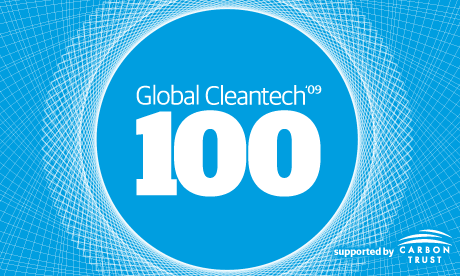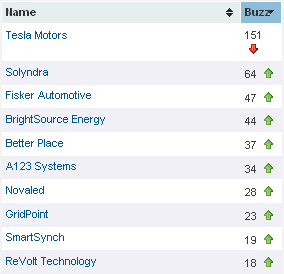
The Fisker Karma plug-in hybrid electric vehicle will emit just 83g CO2/km and have an economy rating of 3.5L/100km, according to SAE methodology measuring emissions for plug-in hybrids. Making its German debut at the Frankfurt Motor Show next week, the four-door Karma will be one of the cleanest, most fuel-efficient cars in the world, but will still offer world-class style and performance.
Calculations developed by the Society of Automotive Engineers (SAE) estimate carbon dioxide output will be less than that of today’s cleanest production cars and 75 percent less than that of competing vehicles, on average. SAE is an internationally recognized organization of experts that help drive government automotive policy.
Some 941 million liters (248 million gallons) of gasoline could be saved and 2.3 million metric tons (2.5 million US tons) of CO2 offset from sales of 15,000 Karmas per year through 2016. Still, with 403hp and more torque than many supercars, 0-100km/h (62mph) takes about six seconds and maximum speed is 201km/h (125mph).
“The Fisker Karma is the future of driving,” said Henrik Fisker, CEO. “It proves we can drive environmentally responsible cars without sacrificing the emotional things that made us fall in love with cars in the first place.” Fueling the Karma could cost just €0.02/km ($0.03/mile), consuming as little as 21 kilowatt hours per 100km in its electric-only Stealth mode, according to SAE methodology. However, a real-world annual average would be closer to €0.05/km ($0.07/mile) based on a mix of Stealth and Sport (gasoline) mode use. Actual economy and emission results will vary depending on individual driving habits and usage requirements.
In Stealth mode—engaged on demand via steering wheel-mounted paddle switches — the Karma can be driven into the growing number of traffic-restricting Low Emissions Zones (LEZ) across Europe. Some 70 cities and towns in eight European countries have opted for LEZs, including Berlin, Stuttgart, London and Amsterdam.
The Karma will be the first production Plug-in Hybrid Electric Vehicle (PHEV) when it goes on sale in 2010. Its exclusive Q-DRIVE® powertrain is expected to deliver an emission-free 80km (50mi) per full charge of its 22kWh/200kW Lithium-ion battery, and a total extended range of more than 480km through the use of its gasoline powered engine/generator.
Fisker Automotive is poised to benefit immensely as support from countries around the world for clean vehicles increases. For example, the US has announced its intention to put 1 million plug-in hybrid cars on its roads by 2015. Germany recently unveiled an action plan to have 1 million electric cars on its roads by 2020. Japan wants electric vehicles to make up half of all vehicle sales within a decade.
[Source: Fisker Automotive]
Comment on this post in our forums

 The most interesting part to this list is the little sidebar widget that shows a numeric indicator of the amount of buzz around each company. Fisker has been making a consistent climb to the top over the past 90 days. This is a very good sign as we are rapidly approaching the much anticipated arrival of the first production models to roll off the assembly line. It’s very important for a company in this position to maintain reasonable expectations. We saw this once again this week with the release of the 67 mpg fuel economy numbers. Of course, time to market is the one everybody is watching. We have all seen there’s a big difference between getting the first few vehicles out the door and having a quality, consistently built product.
The most interesting part to this list is the little sidebar widget that shows a numeric indicator of the amount of buzz around each company. Fisker has been making a consistent climb to the top over the past 90 days. This is a very good sign as we are rapidly approaching the much anticipated arrival of the first production models to roll off the assembly line. It’s very important for a company in this position to maintain reasonable expectations. We saw this once again this week with the release of the 67 mpg fuel economy numbers. Of course, time to market is the one everybody is watching. We have all seen there’s a big difference between getting the first few vehicles out the door and having a quality, consistently built product.
